
漢德百科全書 | 汉德百科全书
 Washington, D.C.
Washington, D.C.
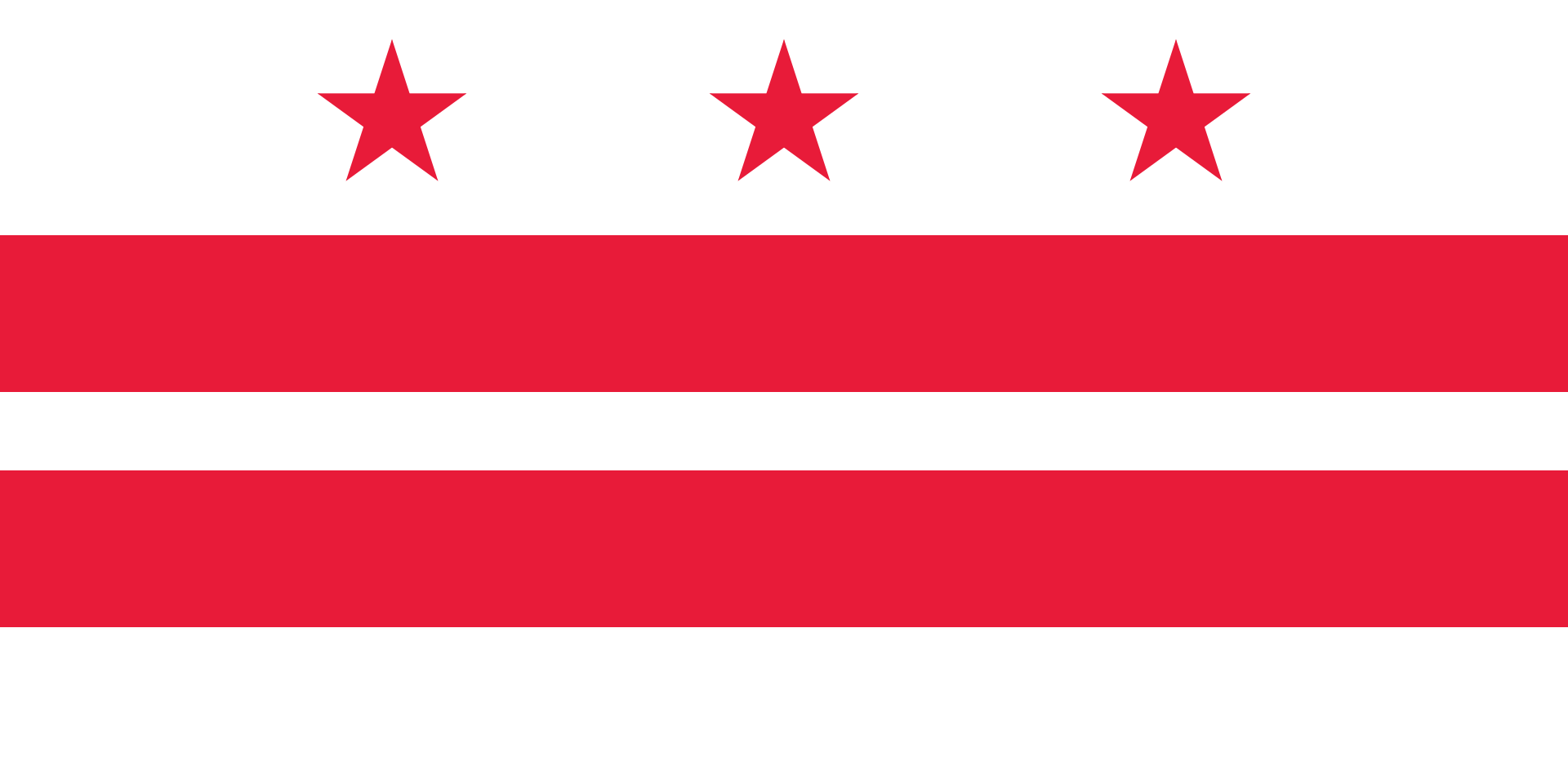



 *Capitols in the United States
*Capitols in the United States
 *United States Political System
*United States Political System

 Washington, D.C.
Washington, D.C.

 Important International Organizations
Important International Organizations


Aufgaben
Das Ministerium erfüllt aktuell die folgenden Aufgaben:
- Regulierung der staatlichen Hypothekenbanken Fannie Mae oder Freddie Mac
- Unterstützung des Hausbaus für Geringverdiener durch die Federal Housing Administration
- Darlehen zur Errichtung von Gesundheitseinrichtungen
- Office of Public and Indian Housing: ermöglicht finanzielle Unterstützung zur Miete für Geringverdiener
- Office of Fair Housing and Equal Opportunity: überwacht die Diskriminierungsverbote im Wohnungsbau und Mietwesen
- Community Development Block Grants: finanzielle Unterstützung für städtische Entwicklung
- Affordable Housing Block Grants: finanzielle Unterstützung für den städtischen Wohnungsbau
- Ginnie Mae: Kreditinstitut zur Finanzierung des Hausbaus oder Hauskaufs für Geringverdiener
- Kontrollen zur Verhinderung von Bleivergiftungen
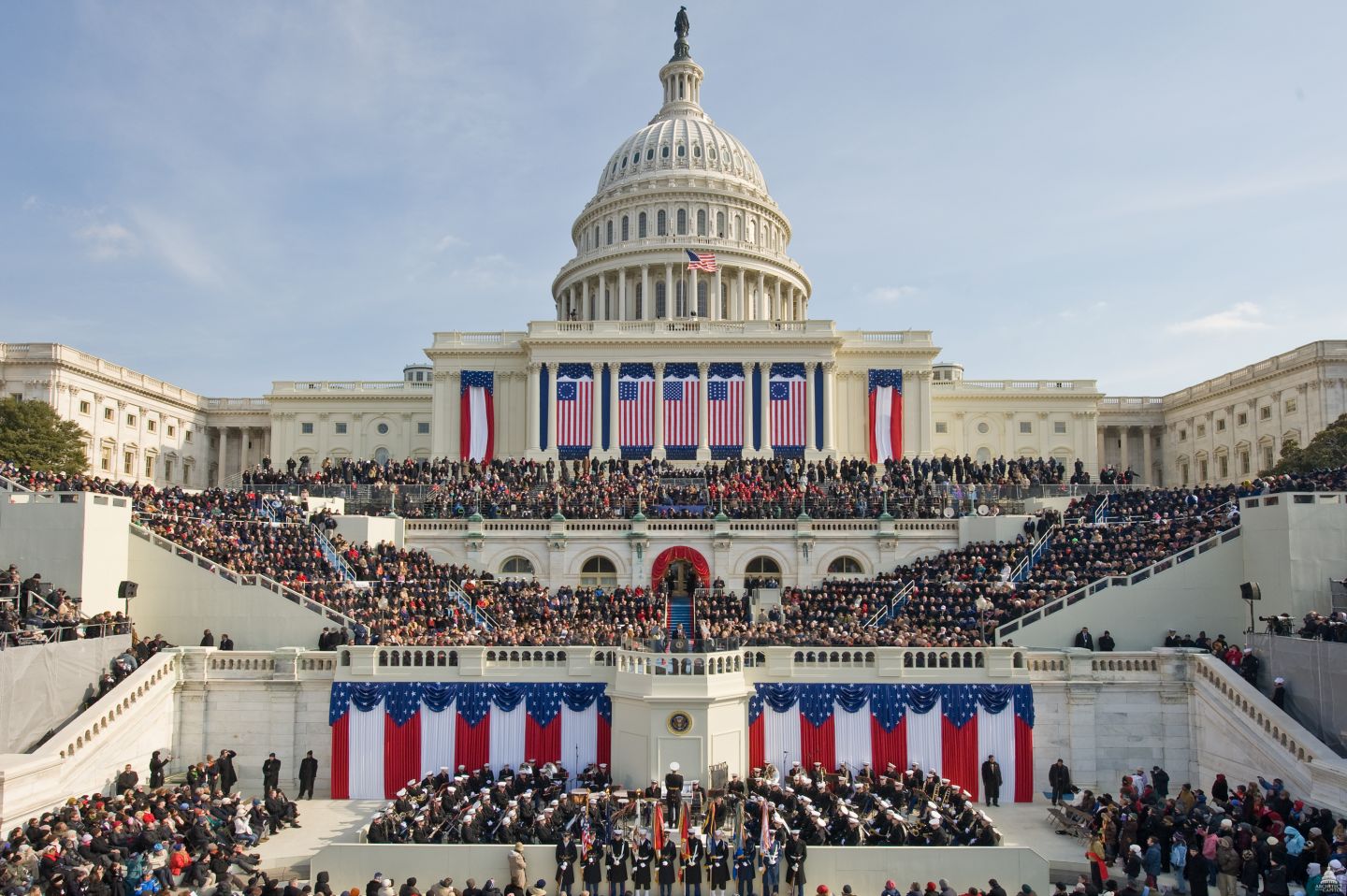
Die Amtseinführung des Präsidenten der Vereinigten Staaten (englisch United States presidential inauguration) ist der von Feierlichkeiten begleitete Beginn der Amtszeit eines US-Präsidenten. Die Verfassung der Vereinigten Staaten legt diesen Zeitpunkt seit 1933 auf den 20. Januar nach der Präsidentschaftswahl um 12 Uhr fest (in Kraft ab 1937).
美国总统就职典礼的举行,标志着新一届美国总统任期的开始。实际上,美国宪法中对就职典礼所规定的唯一一项,就是在总统进入总统办公室执政前,必须进行宣誓。然而随着历史的推移,就职典礼的传统项目也逐渐扩大,已从最初一个简单的就职宣誓仪式,发展成为如今一个包括游行、演讲和舞会的为期一天的活动。
宣誓当天,被称为就职典礼日(Inauguration Day),是美国联邦的公共假期。从1793年至1933年为3月4日,从1937年之后,就职日为1月20日(1933年批准的美國憲法第二十修正案改变任期的开始日期)。从安德鲁·杰克逊总统至吉米·卡特总统,就职典礼主要在美国国会的东门廊(East Portico)举行[1]。
アメリカ合衆国大統領就任式(アメリカがっしゅうこくだいとうりょうしゅうにんしき、United States presidential inauguration)は、次期大統領 (President-elect) によるアメリカ合衆国大統領職への就任宣誓を中心とする式典。
The inauguration of the president of the United States is a ceremony to mark the commencement of a new four-year term of the president of the United States. This ceremony takes place for each new presidential term, even if the president is continuing in office for a second term. Since 1937, it has taken place at noon EST on January 20, the first day of the new term, some 72 to 78 days after the presidential election, except for three occasions when January 20 fell on a Sunday. In those years, the presidential oath of office was administered on that day privately and then again in a public ceremony the next day, on Monday, January 21. The most recent presidential inauguration ceremony was held on January 20, 2017, when Donald Trump officially assumed office. The next inauguration will take place on Wednesday, January 20, 2021.
Recitation of the presidential oath of office is the only component in this ceremony mandated by the United States Constitution (in Article II, Section One, Clause 8). Though it is not a constitutional requirement, the chief justice typically administers the presidential oath of office. Since 1789, the oath has been administered at 58 scheduled public inaugurations, by 15 chief justices, one associate justice, and one New York state judge. Others, in addition to the chief justice, have administered the oath of office to several of the nine vice presidents who have succeeded to the presidency upon their predecessor's death or resignation intra-term.
Since the 1981 inauguration of Ronald Reagan, the ceremony has been held at the west front of the United States Capitol facing the National Mall with its iconic Washington Monument and distant Lincoln Memorial. Other swearing-in ceremonies have taken place on a platform over the steps at the Capitol's east portico on a regular basis for 180 years, and occasionally inside the Old Senate Chamber on the old north side, the chamber of the House of Representatives in the south wing, and the central Rotunda under the dome.[1] The last regularly scheduled inauguration not to take place at the Capitol was Franklin D. Roosevelt's fourth inauguration in 1945, which was held at the White House.
Over the years, various traditions have arisen that have expanded the inauguration from a simple oath-taking ceremony to a day-long event, including parades and multiple social gatherings. The ceremony itself is carried live via the major U.S. commercial television and cable news networks; various ones also stream it live on their websites.
When a president has assumed office intra-term the inauguration ceremony has been conducted without pomp or fanfare. To facilitate a quick presidential transition under extraordinary circumstances, the new president takes the oath of office in a simple ceremony and usually addresses the nation afterward.
L'Inauguration Day (en français, Jour d'investiture) est le jour aux États-Unis où le président élu prête serment et prend ses fonctions comme président des États-Unis, au mois de janvier. Le vice-président élu prête également serment et entre en fonction le même jour.
Le dernier Inauguration Day s'est déroulé le 20 janvier 2017 avec l'investiture de Donald Trump comme 45e président des États-Unis.
Le mandat d'un président américain débutant constitutionnellement le 20 janvier à midi, heure de Washington (17h00 TU/UTC), il est de tradition si ce jour tombe un dimanche, que la prestation de serment se tienne en comité restreint à la Maison-Blanche et de reporter les manifestations publiques, avec une seconde prestation de serment, au lendemain.
L'insediamento del presidente degli Stati Uniti è la cerimonia tenuta all'inizio del mandato presidenziale. La costituzione statunitense impone in realtà un unico adempimento: che il presidente presti un giuramento o comunque una dichiarazione solenne prima di entrare in carica. Tuttavia, nel corso degli anni sono sorte numerose prassi che hanno esteso l'insediamento da spartana cerimonia sacramentale a vera e propria giornata di sfilate, discorsi e danze.
Questa giornata, nota oggi come Inauguration Day, cadde il 4 marzo dal 1798 al 1933. Nel 1933 la ratifica del 20º emendamento, modificando la data di inizio mandato, la fissò al 20 gennaio. Dalla presidenza di Martin Van Buren a quella di Jimmy Carter la cerimonia principale dell'Inauguration Day si tenne nel portico est del Campidoglio. Dal 1981, con l'insediamento di Ronald Reagan, si è invece svolta sul lato ovest. Gli insediamenti di William Howard Taft nel 1909 e dello stesso Reagan nel 1985 si tennero dentro il Campidoglio a causa del freddo.
Da quando Oliver Ellsworth amministrò l'insediamento di John Adams, nessun altro presidente della Corte Suprema ha mai mancato a questo ufficio in una cerimonia d'insediamento regolarmente programmata. Allorché l'Inauguration Day è caduto di domenica, il giudice ha assistito al giuramento o il giorno stesso o altrimenti due volte: il sabato in privato e il lunedì in pubblico. La guerra del 1812 e la seconda guerra mondiale imposero di spostare la cerimonia da Washington.
La investidura presidencial de Estados Unidos se produce a partir de la apertura de un nuevo plazo de un presidente de los Estados Unidos.
Инаугурация президента США — торжественная церемония присяги и вступления в должность президента и вице-президента США. По традиции проводится публично перед Капитолием в Вашингтоне, привлекает большое число зрителей, сопровождается программной речью президента, по её случаю устраиваются торжественный парад и бал. До 1933 года включительно инаугурация проходила 4 марта, а после внесения Двадцатой поправки к Конституции — 20 января. В случае, если президентом становится вице-президент после досрочного окончания полномочий его предшественника, он приносит присягу, но публичной церемонии не проводится.


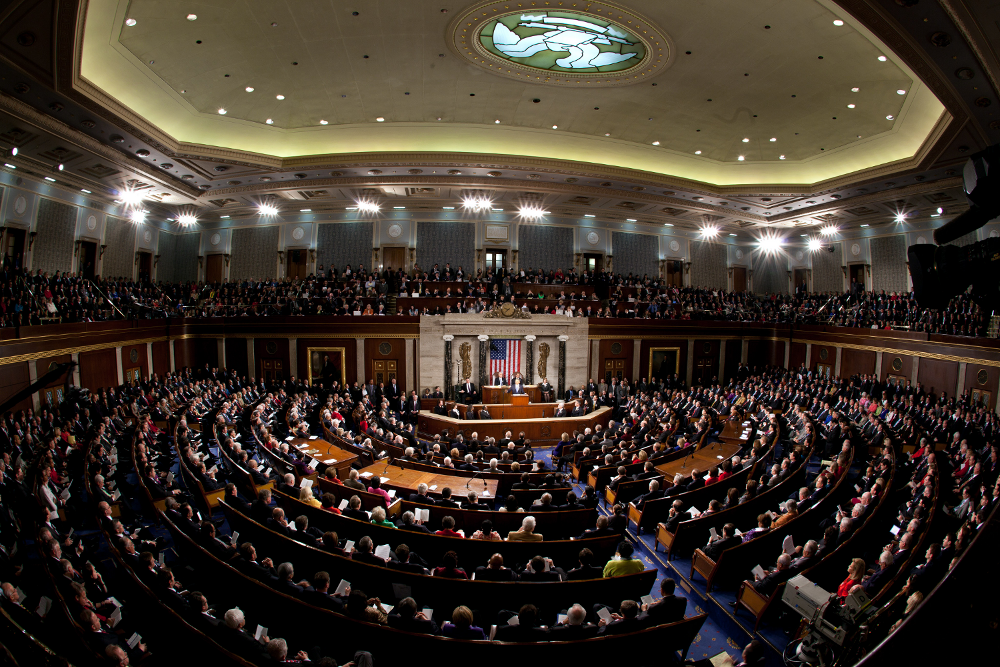
Der Senat der Vereinigten Staaten (englisch United States Senate) ist neben dem Repräsentantenhaus eine der beiden Kammern des Kongresses der Vereinigten Staaten, eines Zweikammer-Parlaments (Bikameralismus) nach britischer Tradition. Die Bezeichnung leitet sich vom Römischen Senat ab, der Sitz befindet sich im Nordflügel des Kapitols in Washington, D.C.
Der Senat ist seit 1789 eine permanente Institution zur Repräsentation der Bundesstaaten, deren Einrichtung in Artikel 1 der Verfassung der Vereinigten Staaten festgelegt ist. Jeder der 50 Bundesstaaten ist im Senat durch zwei Senatoren vertreten. Sie vertreten jeweils den gesamten Staat und werden dort durch allgemeine Mehrheitswahl bestimmt. Bis zur Verabschiedung des 17. Verfassungszusatzes im Jahr 1913 wurden die Mitglieder durch Bundesstaatsparlamente ausgewählt. Die Senatoren amtieren sechs Jahre. Sie sind möglichst gleichmäßig in drei Klassen aufgeteilt (derzeit zwei Klassen mit je 33 Senatoren und eine Klasse mit 34 Senatoren), die reihum alle zwei Jahre durch Wahlen neu bestimmt werden. Hierdurch wird bei jeder Wahl also ungefähr ein Drittel des Senats neu gewählt. Da der Bundesdistrikt (der District of Columbia mit der Bundeshauptstadt Washington) und die Außengebiete keine Bundesstaaten sind, sind sie nicht im Senat vertreten. Anders als im Repräsentantenhaus gibt es auch keine symbolische Vertretung durch nicht stimmberechtigte Delegierte.
Im politischen System der USA ist der Senat maßgeblich an der Gesetzgebung beteiligt und hat wichtige Kontrollfunktionen gegenüber dem Präsidenten. Darunter fallen die Ratifizierung internationaler Verträge, ein Mitspracherecht bei der Ernennung hoher Richter und Regierungsmitarbeiter und das Amtsenthebungsverfahren, in dem der Senat die Rolle des Gerichts einnimmt. Der Senat wählt im Ausnahmefall den Vizepräsidenten der Vereinigten Staaten, sofern das Wahlleutekollegium zu keiner Entscheidung kommt. Der Vizepräsident ist auch der Präsident des Senats mit fast ausschließlich repräsentativer Funktion; seine Stimme zählt nur im Fall des Gleichstands bei einer Abstimmung. Für die Zeit seiner Abwesenheit wählt der Senat einen Präsidenten pro tempore, üblicherweise das dienstälteste Mitglied der Mehrheitsfraktion.
Ohne verfassungsmäßig festgeschrieben zu sein, hat sich zu Beginn des 20. Jahrhunderts die Wahl von Parteiführern im Senat etabliert, die als Mehrheits- und Minderheitsführer jeweils eine der beiden großen Fraktionen im Zweiparteiensystem anführen, das seit Mitte des 19. Jahrhunderts aus Republikanern und Demokraten besteht. Der Senat wurde als deliberatives Organ konzipiert und lässt seinen einzelnen Mitgliedern einen relativ großen politischen Freiraum ohne Fraktionszwang; immer wieder gibt es parteiunabhängige Senatoren. Diese schließen sich üblicherweise einer Fraktion an, um bei der Besetzung der Fachausschüsse berücksichtigt zu werden, in denen die legislative Arbeit vorbereitet wird und die grundsätzlich nach Seniorität arbeiten.
美利坚合众国参议院(英语:United States Senate)是美国的立法机构──美国国会的两院之一,另一院为美国众议院(或称“下议院”)。参议院议场建筑物分布在首都华盛顿特区的国会山庄北部。由于美国各州也设有州参议院,有时为避免混淆,会将美国参议院称为联邦参议院。
参议院的组织及权力源于美国宪法第一条第三款[2]。美国各州在参议院中均有两位议员作为代表,与各州人口无关。全院共有代表50个州的100名议员。参议员任期为六年,相互交错,每隔两年改选约三分之一的席位。从1789年到1913年,参议员由他们所代表的州的立法机关任命。在1913年美国宪法第十七条修正案通过后,他们现在由直接民选产生。
作为美国的上议院,参议院拥有几项独特的咨询和同意权,其中包括批准条约,确认内阁成员、最高法院大法官、联邦法官、军队负责人、监管机构、大使、其他联邦行政官员和联邦军警人员。如果没有副总统候选人获得美国选举人投票的过半数,则由参议院负责从获得选举人票数最多的两人中选出一人担任该职务。参议院对被众议院弹劾的人进行审判。
参议院由于其成员名额较少而任期较长,公认较众议院更为审慎[3]及更具声望[4][5][6],这在历史上导致了更多的合作以及更少的党派气氛[7]。参议院议长是由副总统兼任,负责主持会议,在大多数情况下副总统不会在参议院中投票,除非遇到票数持平,为了打破持平由副总统投下关键的一票。在副总统缺席时,传统上由拥有多数党的资深议员担任参议院临时议长,代替副总统主持参议院工作。
20世纪初起,参议院出现了选举多数党和少数党领袖的做法。参议院的立法和行政事务由参议院多数党领袖管理和安排。
アメリカ合衆国上院(アメリカがっしゅうこくじょういん、英語: United States Senate)は、アメリカ合衆国議会を構成する両院[1]のうち、上院にあたる議院である。
古代ローマの Senatus(元老院)が語源である。正式名称であるUnited States Senate を合衆国元老院(がっしゅうこくげんろういん)と訳す場合がある[2][3][4]が、日本語では通常上院[注釈 3](じょういん)と記される。「上院 (upper house)」「下院 (lower house)」という言葉は、アメリカの首都がフィラデルフィアであった頃、議会が使用していた2階建ての公会堂(現在の独立記念館、当時の大きめな家屋と変わらないほどの小振りな建物)で、議員数の多い代議院 (House of Representatives) がその1階部分 (lower house) を、少ない元老院 (Senate) が2階部分 (upper house) を使用したことからこう呼ばれ始めたといわれる。
The United States Senate is the upper chamber of the United States Congress, with the House of Representatives being the lower chamber. Together they compose the national bicameral legislature of the United States.
The composition and powers of the Senate are established by Article One of the United States Constitution.[3] The Senate is composed of senators, each of whom represents a single state in its entirety. Each of the 50 states is equally represented by two senators who serve staggered terms of six years, for a total of 100 senators. From 1789 to 1913, senators were appointed by legislatures of the states they represented. They are now elected by popular vote following the ratification of the Seventeenth Amendment in 1913.
As the upper chamber of Congress, the Senate has several powers of advice and consent which are unique to it. These include the approval of treaties, and the confirmation of Cabinet secretaries, federal judges (including Federal Supreme Court justices), flag officers, regulatory officials, ambassadors, other federal executive officials and federal uniformed officers. If no candidate receives a majority of electors for vice president, the duty falls to the Senate to elect one of the top two recipients of electors for that office. The Senate conducts trials of those impeached by the House. The Senate has typically been considered both a more deliberative[4] and prestigious[5][6][7] body than the House of Representatives due to its longer terms, smaller size, and statewide constituencies, which historically led to a more collegial and less partisan atmosphere.[8]
The Senate chamber is located in the north wing of the Capitol Building in Washington, D.C. The vice president of the United States serves as presiding officer and president of the Senate by virtue of that office, despite not being a senator, and has a vote only if the Senate is equally divided. In the vice president's absence, the president pro tempore, who is traditionally the senior member of the party holding a majority of seats, presides over the Senate. In the early 1920s, the practice of majority and minority parties electing their floor leaders began. The Senate's legislative and executive business is managed and scheduled by the Senate majority leader.
Le Sénat des États-Unis (en anglais : United States Senate) est la chambre haute du Congrès américain. Il est composé de 100 membres, deux par État des États-Unis, élus au suffrage universel direct pour six ans.
Avec la chambre basse du Congrès, la Chambre des représentants, il constitue la branche législative du gouvernement fédéral des États-Unis.
Le Sénat représente avant tout les États fédérés ; chaque État y dispose d'un poids égal. Tous les deux ans, les mandats de 33 ou 34 des 100 sénateurs sont renouvelés, lors de l’Election Day. Le Sénat siège dans l'aile nord du Capitole des États-Unis, l'aile sud étant occupée par la Chambre des représentants. Le Capitole est situé à Washington, D.C., capitale fédérale des États-Unis.
Au sein du 118e congrès en 2023, le Sénat est composé de 49 républicains, 48 démocrates, et 3 indépendants qui votent avec les démocrates, la majorité basculant en faveur de ces derniers compte tenu de la position de la vice-présidente des États-Unis Kamala Harris comme présidente de la chambre haute, en mesure de leur apporter sa voix.
Il Senato degli Stati Uniti (in inglese: United States Senate) è uno dei due rami del Congresso degli Stati Uniti, essendo l'altro la Camera dei rappresentanti. Ha sede nella capitale federale Washington.
La sua organizzazione e i suoi poteri sono delineati dall'articolo 1 della costituzione degli Stati Uniti. Il Senato è presieduto dal vicepresidente degli Stati Uniti d'America; condivide con la Camera il potere legislativo e le funzioni di controllo dell'operato dell'esecutivo, ma possiede anche alcuni poteri esclusivi, tra cui la ratifica dei trattati internazionali e l'approvazione delle nomine di molti funzionari e dei giudici federali.
Gli autori della Costituzione crearono un Congresso bicamerale, poiché desideravano che ci fossero due camere che si controllassero reciprocamente. Una delle due (la Camera dei rappresentanti) era intesa come "camera del popolo", molto sensibile all'opinione pubblica. L'altra (il Senato) avrebbe dovuto essere un'assemblea di saggi più riflessiva e ponderata, che rappresentasse in modo eguale tutti gli stati.
Rispetto alla Camera dei rappresentanti, il Senato è meno numeroso e i suoi membri hanno un mandato più lungo, e questo consente un'atmosfera più collegiale e meno partigiana, meno influenzata dalla pubblica opinione. Il Senato e i suoi membri hanno generalmente maggior prestigio rispetto alla Camera, poiché il mandato dei senatori è più duraturo, l'assemblea è meno numerosa e i senatori rappresentano interi stati e non singoli distretti come i rappresentanti.
La sua aula si trova nell'ala nord del Congresso a Washington, mentre la Camera dei rappresentanti si riunisce nell'ala sud.
El Senado de los Estados Unidos es la cámara alta del Congreso de los Estados Unidos, y junto con la Cámara de Representantes, emana la legislación federal. El Senado está localizado en el ala norte del Capitolio de los Estados Unidos en Washington D. C.
La composición y las atribuciones del Senado se establecen en el Artículo I de la Constitución de los Estados Unidos.3 Cada estado es representado por dos senadores, independientemente de su población, elegidos por un mandato reelegible de seis años. Habiendo 50 estados en la Unión, actualmente hay 100 senadores. De 1789 a 1913, los senadores fueron nombrados por las legislaturas de los estados que representaban; ahora son elegidos por voto popular, tras la ratificación de la Decimoséptima Enmienda en 1913.
Como cámara alta del Congreso, el Senado tiene varios poderes de consejo y consentimiento que le son exclusivos. Estos incluyen la aprobación de tratados y la confirmación de secretarios de gabinete, jueces de la Corte Suprema, jueces federales, oficiales de bandera, funcionarios reguladores, embajadores, otros funcionarios ejecutivos federales y otros oficiales uniformados federales. Además de estos, en los casos en que ningún candidato reciba una mayoría de electores para vicepresidente, el deber recae en el Senado de elegir uno de los dos principales destinatarios de electores para ese cargo. Además, el Senado tiene la responsabilidad de conducir los procesos de destitución de los acusados por la Cámara.
El Senado es ampliamente considerado un cuerpo más deliberativo y más prestigioso que la Cámara de Representantes debido a sus mandatos más largos, tamaño más pequeño y representación en todo el estado, lo que históricamente condujo a una organización más colegiada y un ambiente menos partidista. El funcionario que preside el Senado es el vicepresidente de los Estados Unidos, quien es presidente del Senado. En ausencia del vicepresidente, el presidente pro tempore, que habitualmente es el miembro de mayor rango del partido que ocupa la mayoría de los escaños, preside el Senado. A principios del siglo xx, comenzó la práctica de que los partidos mayoritarios y minoritarios eligieran a sus líderes, aunque no son funcionarios constitucionales.
Сена́т США (англ. The United States Senate) — одна из двух палат Конгресса США.
Состав и полномочия Сената устанавливаются статьёй 1 Конституции Соединенных Штатов. Сенат состоит из сенаторов, каждый из которых представляет один штат. Каждый штат в равной степени представлен двумя сенаторами, которые избираются на шестилетний срок в шахматном порядке. В настоящее время 100 сенаторов представляют 50 штатов. Вице-президент Соединенных Штатов является председательствующим и президентом Сената в силу этой должности и имеет право голоса только в том случае, если при голосовании сенаторы разделились поровну. В отсутствие вице-президента в Сенате председательствует временный президент, который традиционно является старшим членом партии, имеющей большинство мест.
 *American think tanks
*American think tanks

 Financial
Financial
 *United States economic data
*United States economic data

 Party and government
Party and government
 *Think Tank
*Think Tank

 Washington, D.C.
Washington, D.C.

 Economy and trade
Economy and trade
 Economic and political research
Economic and political research



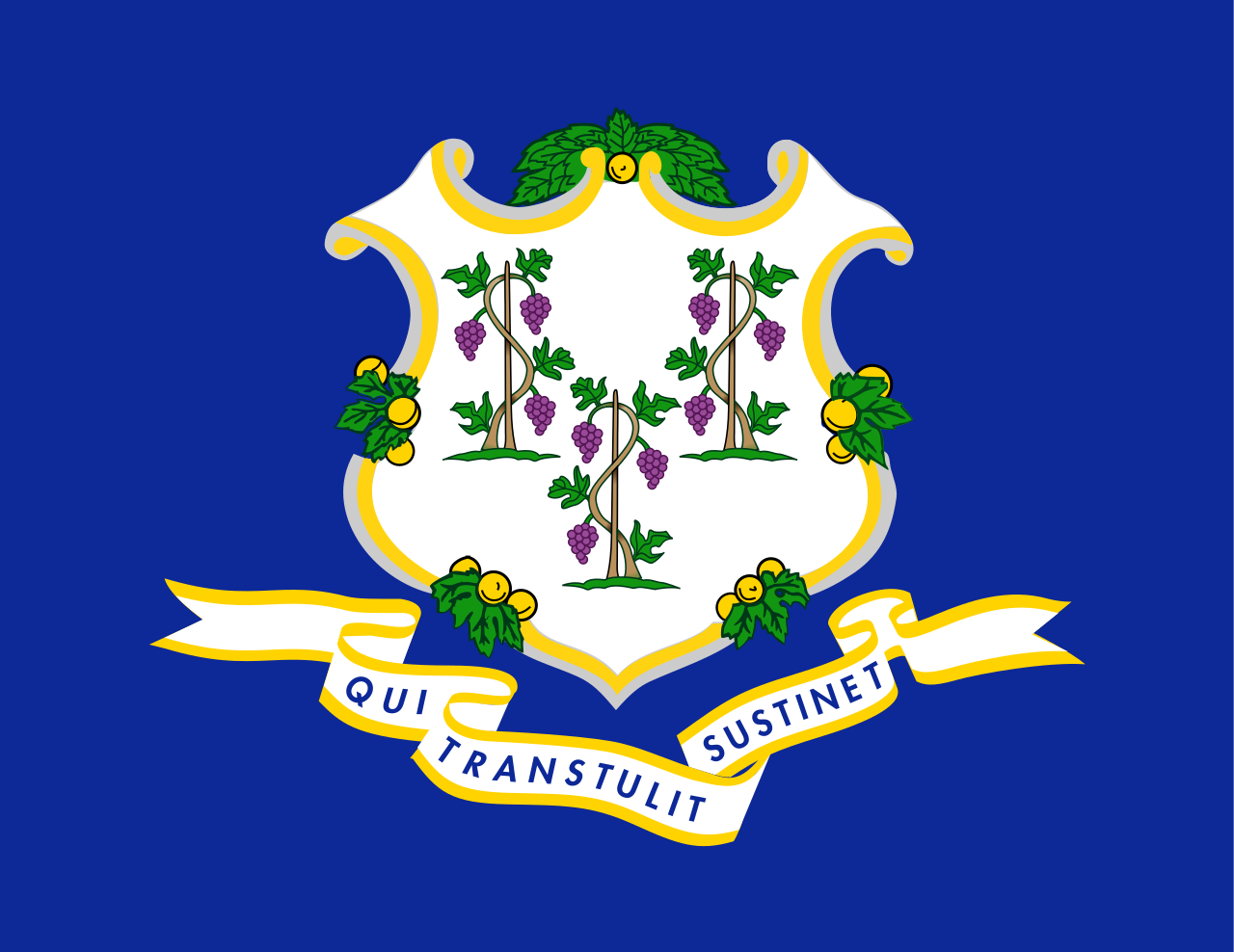 Connecticut-CT
Connecticut-CT

 Geography
Geography

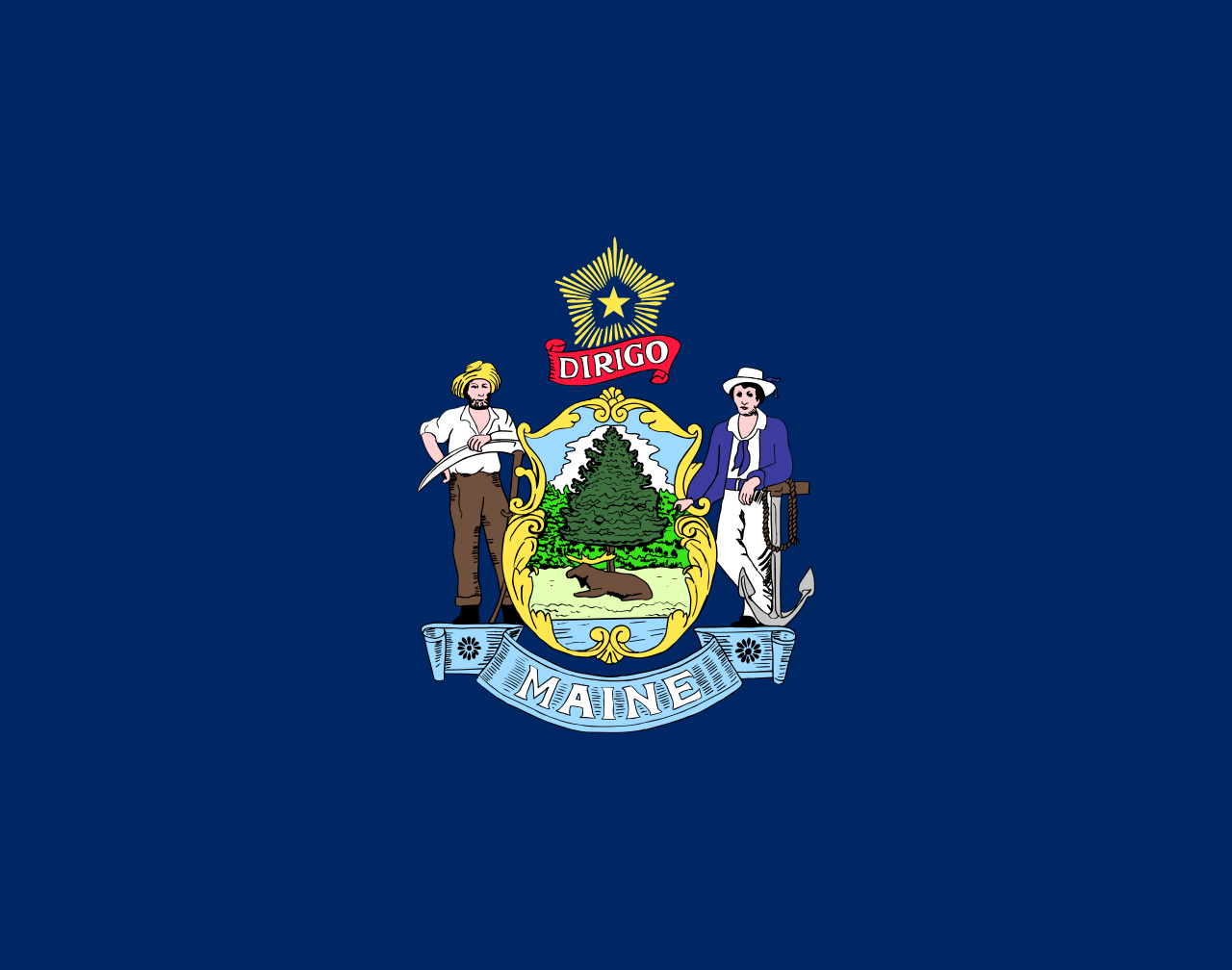 Maine-ME
Maine-ME

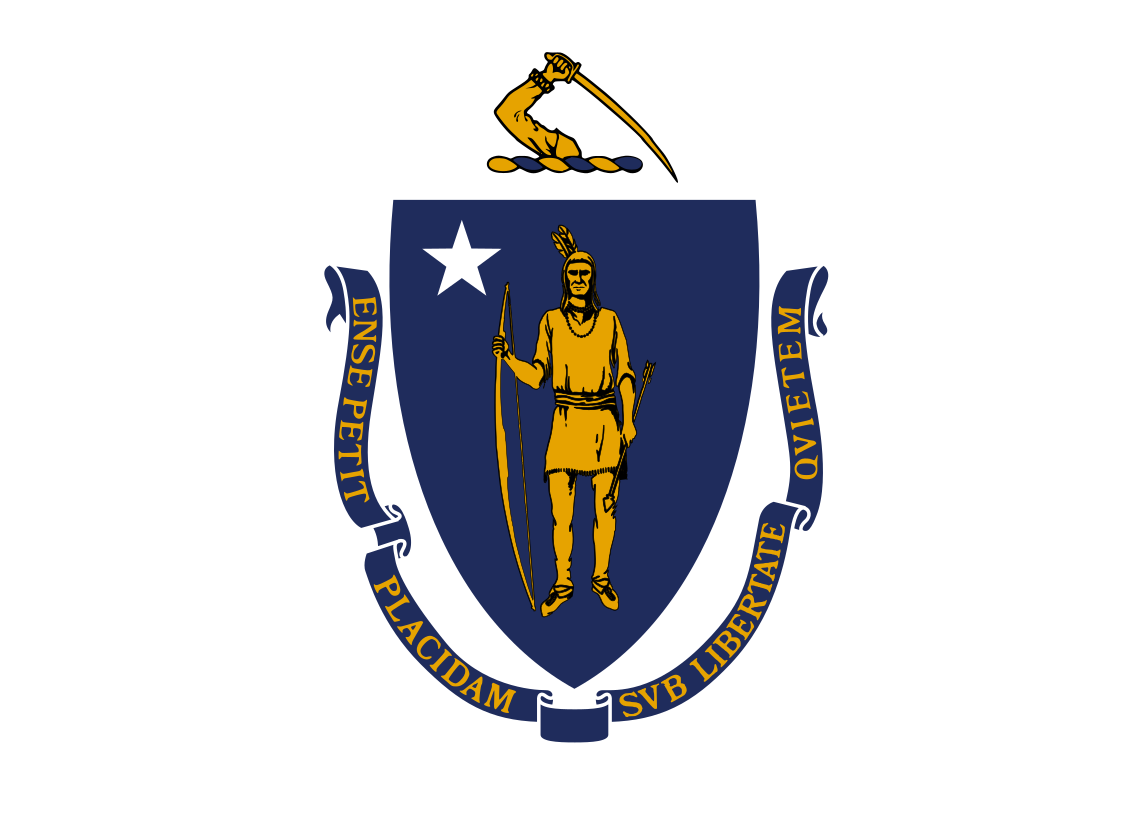 Massachusetts-MA
Massachusetts-MA

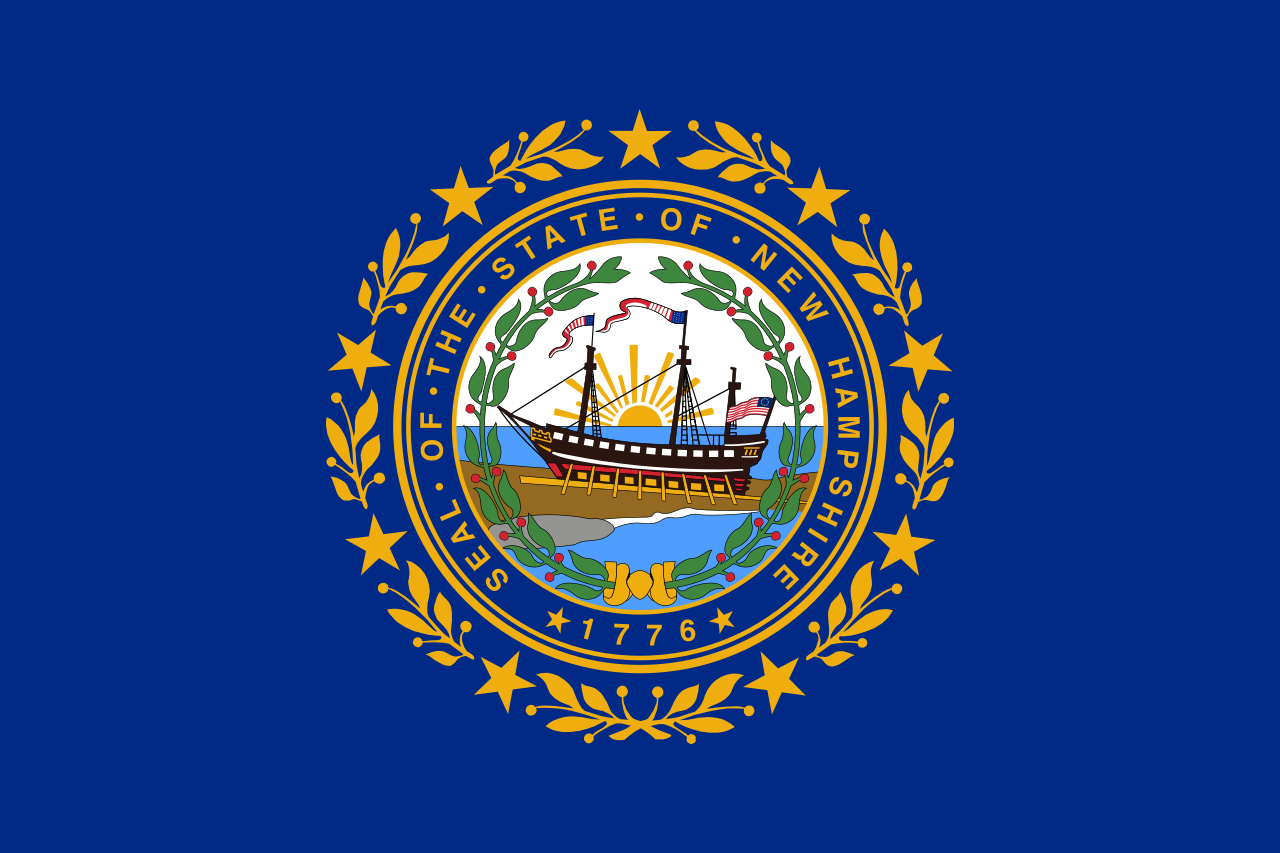 New hampshire-NH
New hampshire-NH

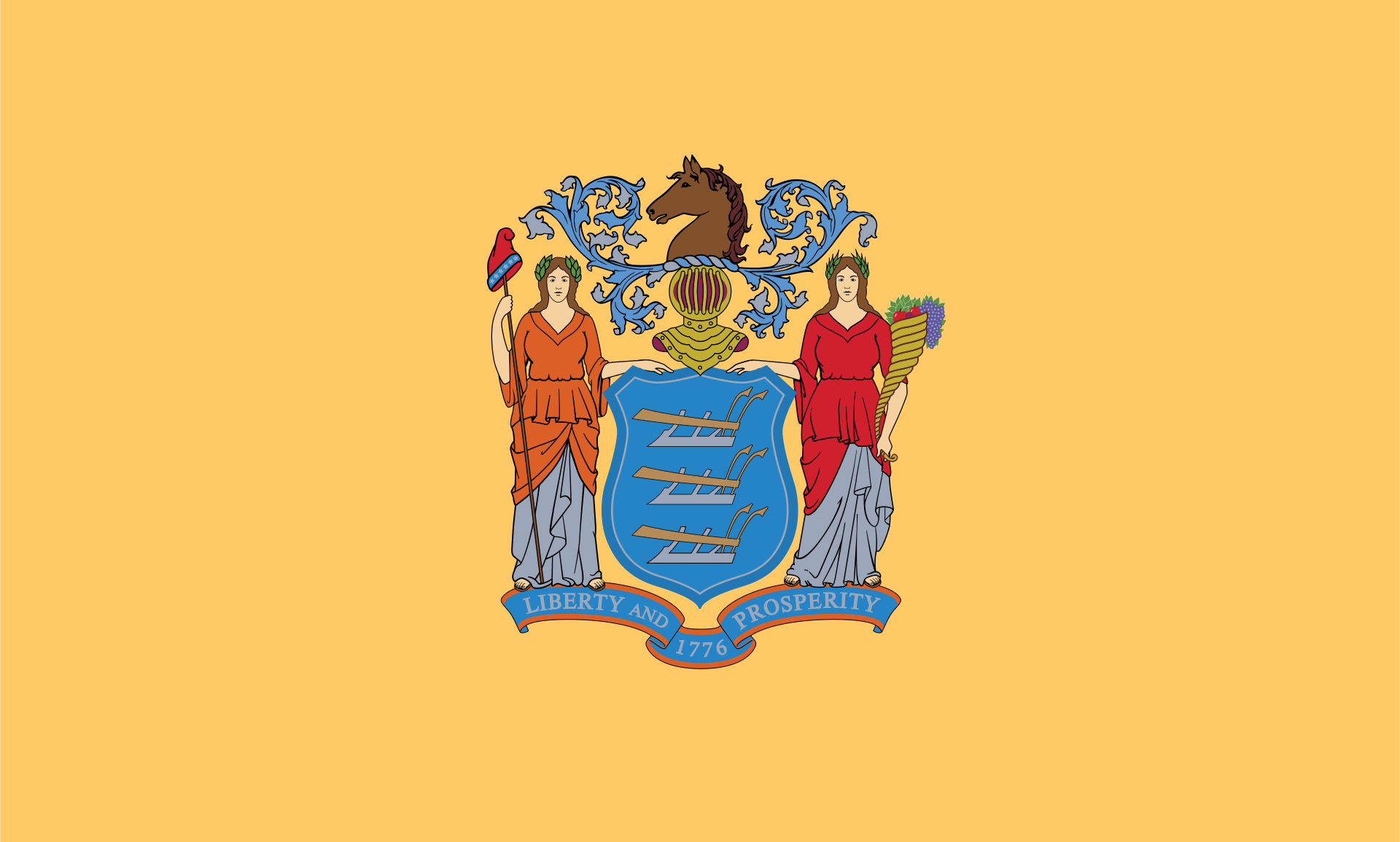 New jersey-NJ
New jersey-NJ

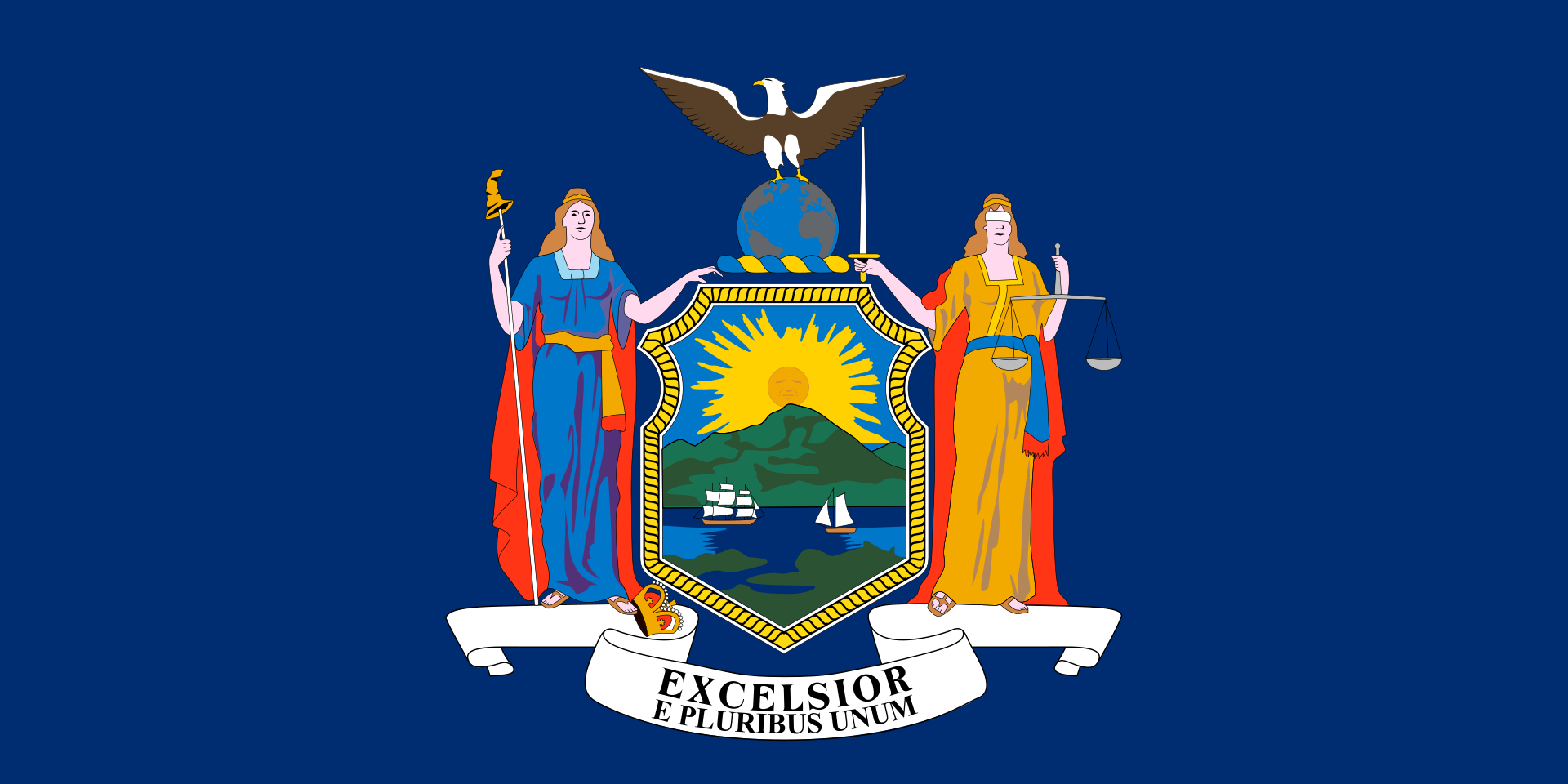 New York-NY
New York-NY

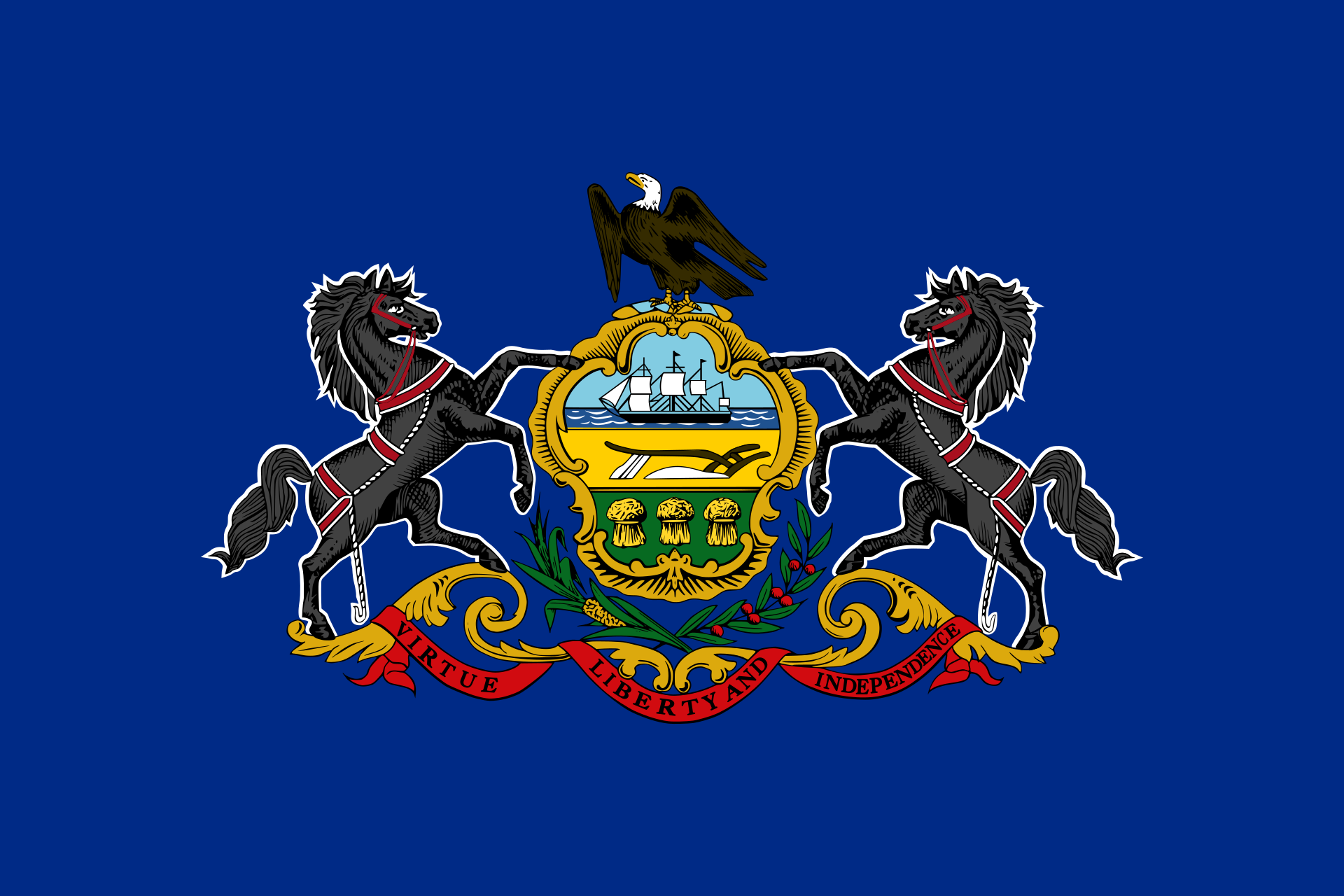 Pennsylvania-PA
Pennsylvania-PA

 Rhode Island-RI
Rhode Island-RI

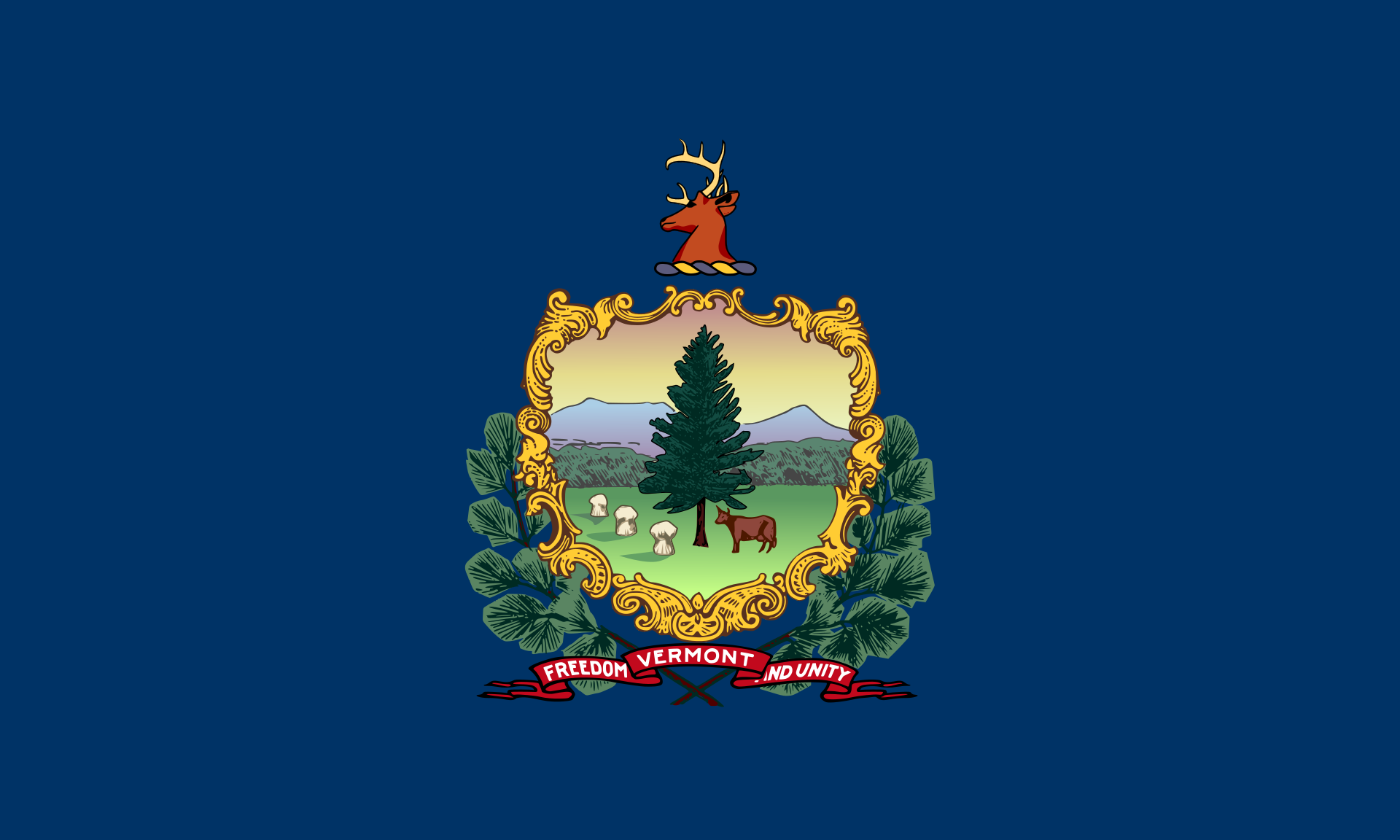 Vermont-VT
Vermont-VT

 Washington, D.C.
Washington, D.C.

Die Region grenzt im Norden an Kanada, im Westen an den Mittleren Westen, im Süden an die Südstaaten und im Osten an den Atlantik.
Der genaue Umfang der Region ist nicht eindeutig definiert. Nach der Definition des United States Census Bureau[1] besteht der Nordosten aus Neuengland (mit den Staaten Maine, New Hampshire, Vermont, Massachusetts, Rhode Island, Connecticut) und den Mittelatlantikstaaten (New York, New Jersey, Pennsylvania). In diesen insgesamt neun Staaten, die unbestritten dem Nordosten zugerechnet werden, lebten im Jahr 2008 etwa 55,9 Millionen Personen.[2]
Andere Behörden ordnen dem Nordosten auch Maryland, Delaware und Washington, D.C.[3] bzw. sogar Virginia und West Virginia[4] zu. Das United States Census Bureau betrachtet die Staaten südlich der Mason-Dixon-Linie sowie Delaware dagegen als der Region South Atlantic und den Südstaaten zugehörig.
美国东北部为美国人口调查局所定义的美国地区。美国东北部北临加拿大,西临中西部,南接美国南部,东向大西洋。此区域乃美国工商业最发达的区域及都市化程度最高的区域,美国第一大都会纽约市即位于该区。
根据人口调查局的定义,美国的东北部包括9个州:康涅狄格州、缅因州、麻塞诸塞州、新泽西州、新罕布什尔州、纽约州、宾夕法尼亚州、罗得岛州、以及佛蒙特州,东北部还可分为新英格兰以及纽约都会区[1]。有些非官方的较广义之分类会因为这些州被包括在波士顿-华盛顿城市带之中,所以有时会将马里兰州、特拉华州、华盛顿特区、弗吉尼亚州、以及西弗吉尼亚州包含在此区域中(所以会因人而异),但是人口调查局官方将这些州定义为南大西洋地区的一部分[1]。而有些较狭义的分类则只将此区域限制于新英格兰、纽约都会区、及费城地区之中。虽然俄亥俄州的绝大部分地区是被分类在中西部之下,但大克里夫兰地区及俄亥俄州东北部在文化上(因为传统以及语言腔调之关系)被认为比该州其他地区较为倾向美国东北部之文化。
美国东北部是全美最富裕的地区。根据2004年的资料,美国人口调查局的报告显示全美10个最富裕的州里有5个就位于东北部。这五个州依据家庭收入排名为:新泽西州(第一)、康涅狄格州(第二)、马里兰州(第三)、麻塞诸塞州(第五)、以及新罕布什尔州(第六)。根据经济分析局2005年的报告指出,全美前五个每人年均收入最高的州依序为:康涅狄格州、马里兰州、麻塞诸塞州、新泽西州和纽约州。在此区域内,纽约市独占美国2005年国内生产总值的8%。此区域内的州都有着富裕的经济收入,不过多数的州的人口以及面积都其他州小,除了纽约州、新泽西州、与宾夕法尼亚州在全美人口数排前10名之列,没有一个州列居于全美面积前10大之列。
 Companies
Companies
 Architecture
Architecture
 Universities in the USA
Universities in the USA